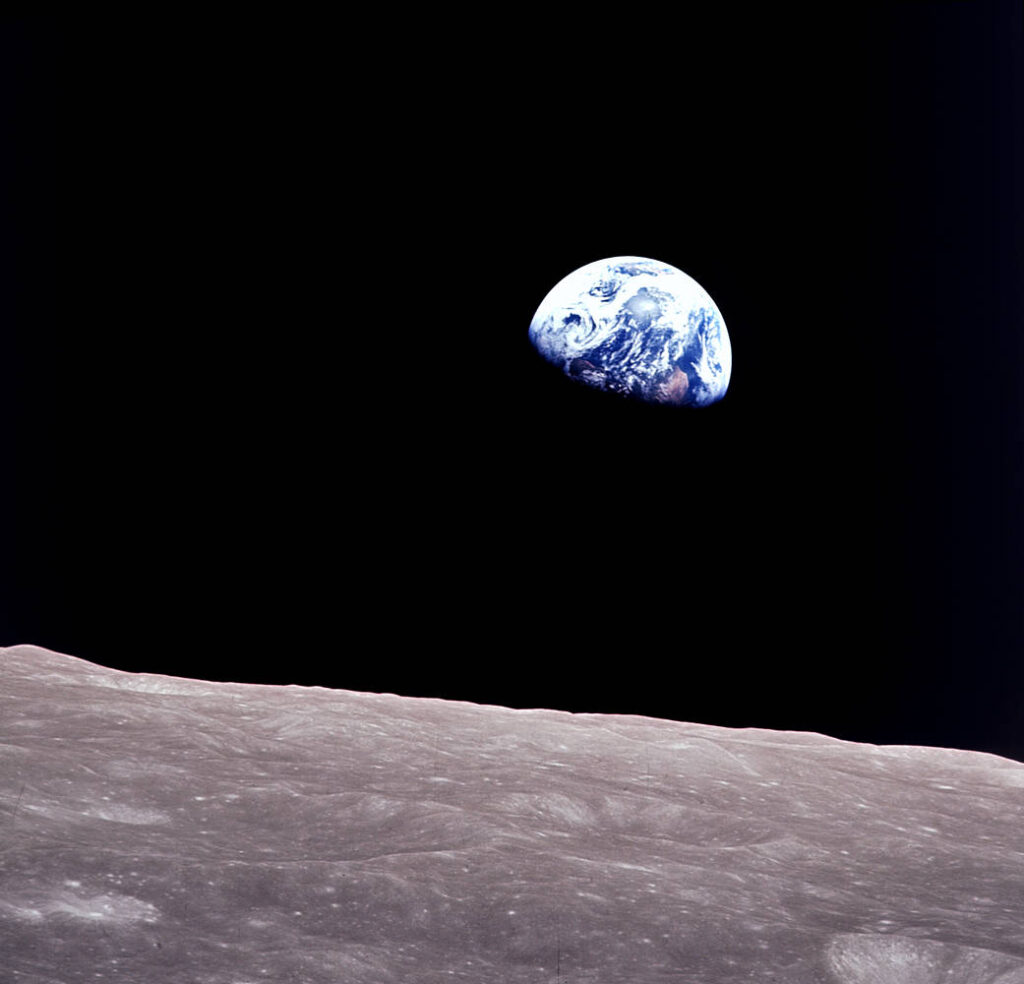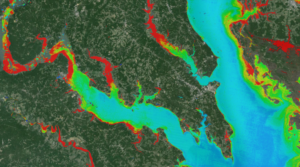In a recent article on the Washington Post’s “Post Carbon” page, Marcia McNutt, the U.S. Geological Survey director wrote to reporter Juliet Eilperin.
From Marcia McNutt:
“Much of the publicly available satellite imagery that the Google Earth Engine provides for analysis has been collected by the Landsat program. This series of satellites, the world’s longest continuing earth observation program (since 1972), is operated by the U.S. Geological Survey from our Earth Resources Observation and Science (EROS) Center in Sioux Falls, S.D.
“Landsat satellites give us both a broad view of the landscape—with a perspective of over 12,000 square miles per scene—and a much more focused view. They can accurately describe the condition of a land area as small as the infield in a baseball diamond. In one instant look from over 400 miles in space, a single Landsat scene can record, at this level of accuracy, hundreds of thousands of acres of grassland, agricultural crops, or forests.
“These images tell us a whole range of vital data-driven stories about the state of the land. We can see where vegetation is alive and where it’s dead, where droughts are occurring, where wildland fire is a danger, and where erosion has altered coastlines or river courses.
“Landsat has become, over the years, a vital reference worldwide for understanding scientific issues related to land use and natural resources. With its long term historical record of the entire globe and widely recognized high quality of data, Landsat is valued all over the world as the ‘gold standard’ of land observation. International applications of Landsat data are everywhere—in agriculture and forestry, in land and water surveys, and in climate change assessments. Landsat data enable famine forecasts in Africa and Afghanistan; it’s used for deforestation monitoring in countries like Congo, Surinam, and Indonesia.”
“As USGS Director, my perspective on earth observation is this: When we can see the Earth’s surface so clearly, so broadly, so objectively, we can gain much more insight about the complexity of earth systems from a science perspective and make better decisions about its future.”
Further Information:
+ Washington Post: “USGS director extols Landsat and Google’s climate tool” [external link]

Be Part of What’s Next: Emerging Applications of Landsat at AGU24
Anyone making innovative use of Landsat data to meet societal needs today and during coming decades is encouraged to submit and abstract for the upcoming “Emerging Science Applications of Landsat” session at AGU24.





